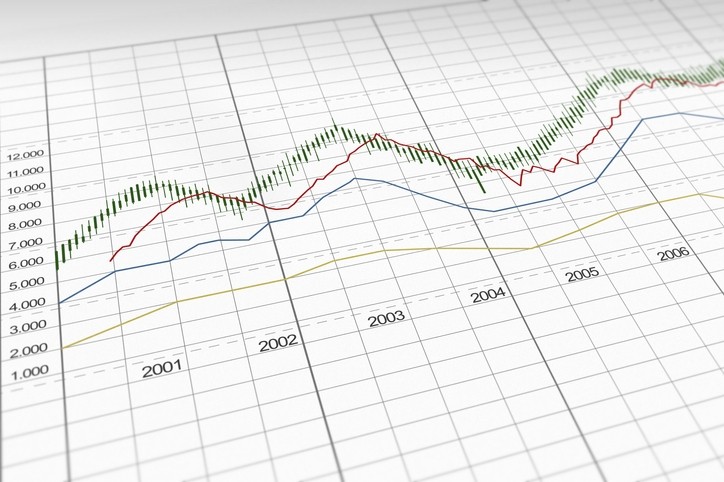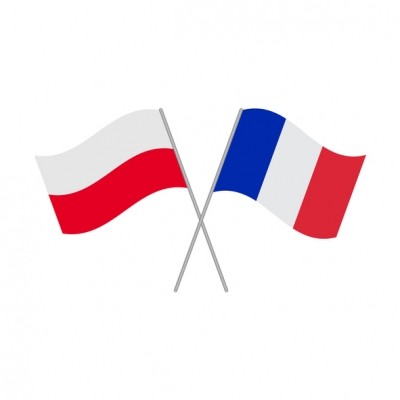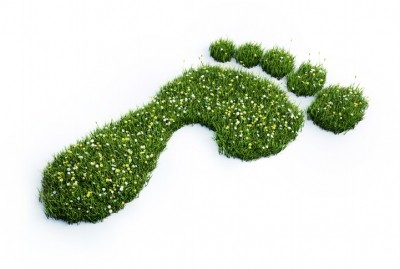ForFarmers sees boost from growth in Poland during third quarter

The Netherlands-based company reported trading updates for its third quarter on Thursday [Oct. 31].
Gross profit was almost stable, an improvement on the first half the year.
There was a small decline in its Total Feed volumes in the quarter, with the manufacturer saying the contribution of acquisitions could not fully offset the like-for-like volume decline.
Total Feed covers the entire ForFarmers product portfolio and comprises compound feed, specialties, co-products, seeds and other products such as forage.
In terms of compound feed, the Dutch group said volumes were nearly stable (-0.4%). Growth in Germany and Poland nearly compensated for the decline in the Netherlands, Belgium and the UK, it added.
The underlying earnings before interest, tax, depreciation and amortization (EBITDA) saw an increase of 6.9%, according to company information. However, underlying EBITDA, underlying earnings before interest and taxes (EBIT) and underlying net profit in 2019 are expected to be down from full-year results in 2018.
“The results in the third quarter indicate, among other things, that the effect of the unfavorable purchasing position, which we had in the first half-year, is behind us,” said Yoram Knoop, ForFarmers CEO. “We have realized substantial growth in Poland with which we have compensated the effects of the challenging market circumstances in the other countries.”
“We consider the fast-growing agricultural market in Poland as an important pillar of growth for the future and are well-positioned there with our stake in Tasomix,” he added.
The ongoing discussion in the Netherlands regarding potential measures to reducing nitrogen emissions is generating “great unrest” with producers and they remain hesitant to expand production, he said. Adding, “It is crucial that the nitrogen discussion is held based on facts and is not only focused on reduction of herd size.”
“We are convinced that much can be achieved in terms of reduction of nitrogen emissions through innovative feed concepts, management measures, better barn designs and effective use of manure,” he said.










